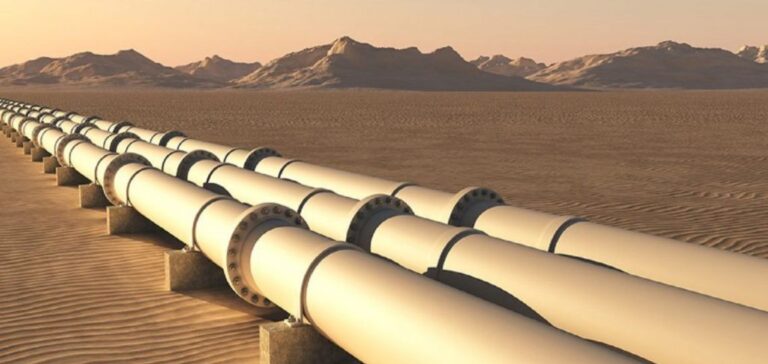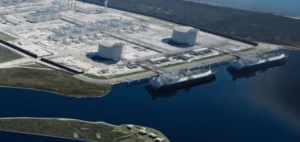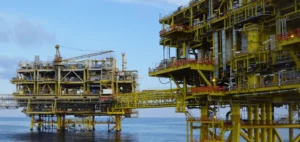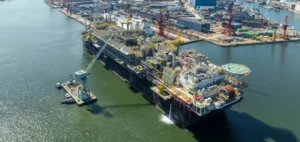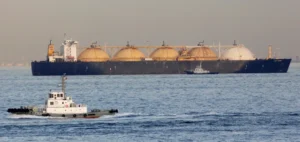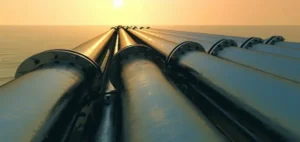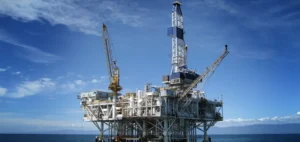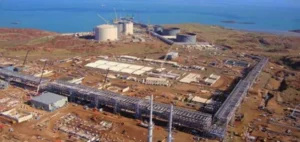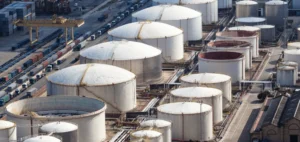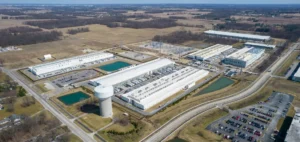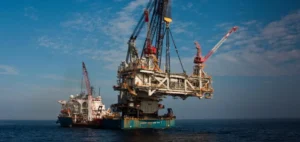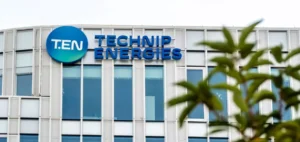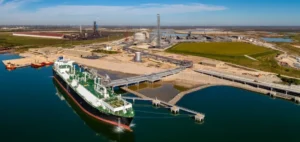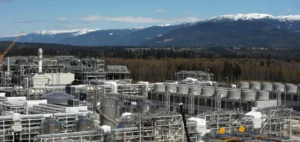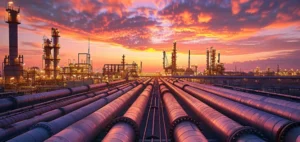The commissioning of the ADCC pipeline marks a significant milestone for Texas’ gas infrastructure. This pipeline, with a capacity of 1.7 billion cubic feet per day (Bcf/d), began commercial operations on July 1, 2024. It transports natural gas to the Cheniere Corpus Christi Liquefaction, a key element in supportingUS liquefied natural gas (LNG) exports to world markets.
Improving Gas Infrastructure
The 40-mile, 42-inch-diameter ADCC pipeline connects Whistler Pipeline’s Agua Dulce Header to Cheniere’s liquefaction facilities in Corpus Christi. By directly connecting gas volumes from the Permian Basin and Eagle Ford to Gulf Coast markets, this pipeline reduces gas volumes flared in the Permian Basin, contributing to more efficient and environmentally-friendly resource management.
This infrastructure is the result of a joint venture between Whistler Pipeline LLC, owned 70% by WhiteWater, MPLX LP, and Enbridge, and 30% by a subsidiary of Cheniere Energy, Inc. Whistler Pipeline LLC and its partners guarantee a stable and reliable supply of natural gas for Cheniere’s needs.
Support for LNG exports
The increase in natural gas transport capacity directly supports the export ambitions of Cheniere Energy, Inc. the leading LNG producer and exporter in the United States. By reducing dependence on overloaded pipelines and increasing logistical flexibility, the ADCC pipeline strengthens Cheniere’s competitive position in the global LNG market.
The Whistler pipeline, which stretches 450 miles from the Waha Header in the Permian Basin to Agua Dulce, Texas, is essential in this supply chain. It offers direct access to South Texas and export markets. The connection via the ADCC pipeline strengthens this infrastructure by adding new transport capacity, guaranteeing a constant supply of natural gas to the liquefaction plants.
Strategic Partners
WhiteWater, based in Austin, Texas, is the main operator of the Whistler Pipeline. With partnerships including I Squared Capital, WhiteWater is playing a crucial role in expanding Texas’ energy infrastructure capabilities. MPLX LP, a diversified master limited partnership, owns and operates energy infrastructure and logistics assets, thus actively participating in this initiative.
Enbridge Inc, with over a century of experience in conventional energy infrastructure and two decades in renewable energy, brings expertise in energy modernization and innovation. The collaboration with Cheniere Energy, Inc. secures and optimizes natural gas flows, supporting the growing demand for LNG worldwide.
The commissioning of the ADCC pipeline is an example of how strategic investments and partnerships can strengthen energy infrastructure and support export ambitions. By efficiently linking Permian Basin resources to world markets, this infrastructure plays a crucial role in optimizing resources and reducing the carbon footprint associated with gas flaring.

